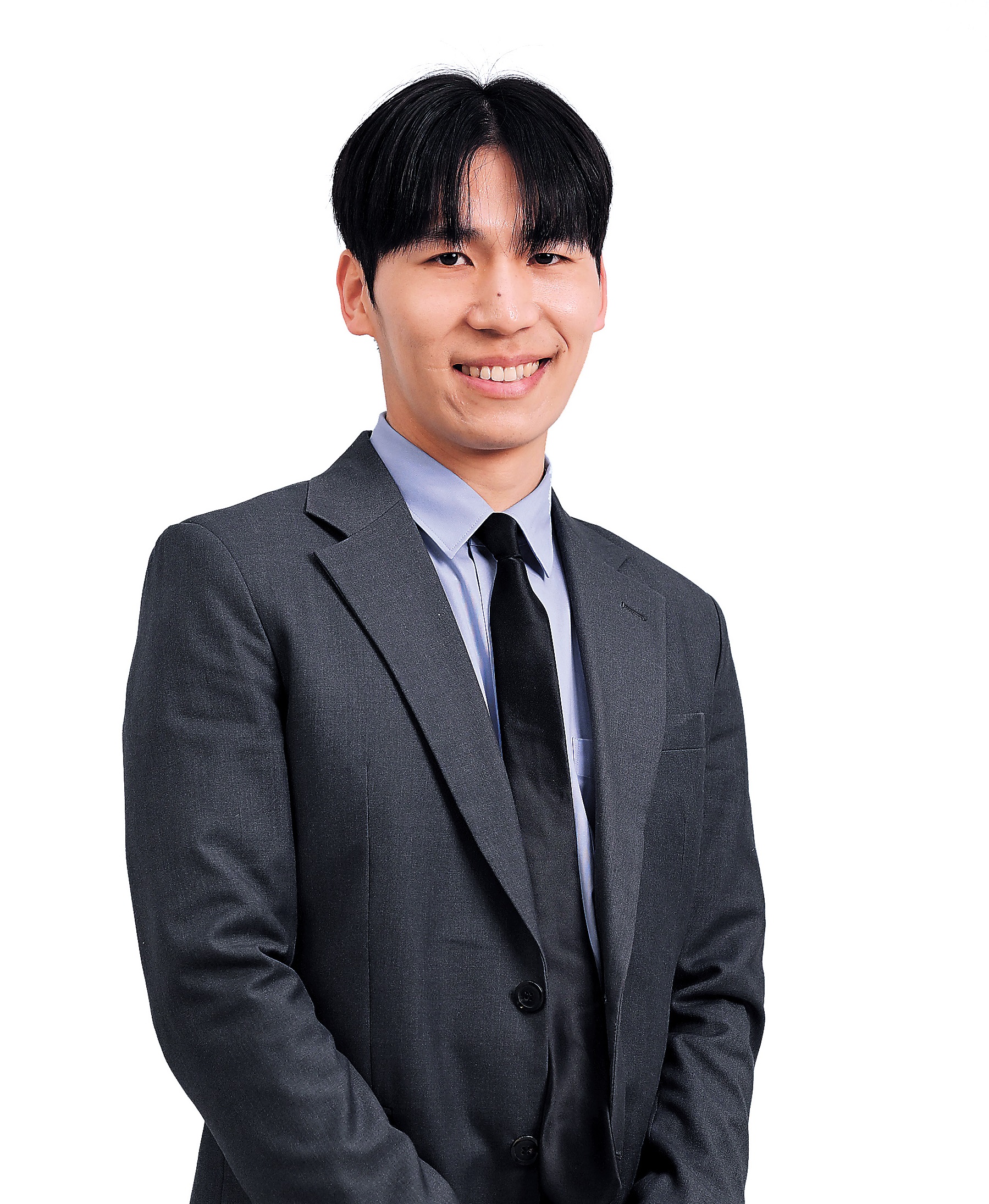Decoding popular lingo for deeper insight into Korean college culture
20 essential words for college life in Korea
By No Kyung-minPublished : March 26, 2024 - 15:08

As spring heralds the arrival of a new semester, young college students, first-years in particular, brim with eager anticipation for a fresh campus experience.
Fluency in the terminology of college life here unlocks a deeper understanding of the local campus culture, enriching every aspect of the student experience.
Here provided are explanations of Korean college culture and its related terms to assist undergraduates and others on their journey.

'Hakbeon' to navigate campus connections
Unlike in the United States, where one's class year is the year a student is expected to graduate, for universities in South Korea, one's class year is the year of entry.
So here's the first – and perhaps the most important — term to remember in Korean college life: “hakbeon.”
Regardless of one's year of expected graduation, one's “hakbeon” remains unchanged for Korean students and plays a crucial role in forming relations among peers, upperclass and underclass students.
When encountering an alum from the same school, it’s essential to inquire, “What is your hakbeon?”
This information helps identify whether the person is your "seonbae," (senior) "hubae,” (junior) or “donggi” (student in the same year).
First-years, particularly during the first few months of their first semester, are often called “saenaegi,” which can be translated as "newcomer" or "newbie."
While the term "saenaegi" contains the youthful spirit and excitement of first-year campus life, there is a group of students whose presence is marked by a distinctly different vibe: "bokhaksaeng."
Although the term’s literal translation refers to students who have returned to school after a period of absence, it is widely used to address the male, typically older, students who have resumed their studies after completing Korea's mandatory military service.
They are often perceived as clumsy, awkward and unable to fit in, especially around younger students. They are even humorously likened to fossils, “hwaseok” in Korean, to exaggerate them now being 1-2 years older than their classmates.
Bokhaksaeng are therefore more likely to fall into the “assa” category, or "outsiders" who prefer solitude and struggle to readapt to college life again, as opposed to being “inssa.”
Coming from "insider," inssa are those who are outgoing, enjoy group activities and are always in the know about what’s happening in their respective social group.
We often see inssa dating other students from the same campus or department, forming "CC," or "campus couples."

Building bonds crucial
Every year, an event known as "OT," short for orientation, or “saeteo,” a portmanteau of the words meaning "learning place for saenaegi," is organized for saenaegi before the semester begins. This gathering serves as an opportunity for them not only to acquire general knowledge about school life but also to get to know their donggi, seonbae and even professors from their major or department, referred to as “gwa” in Korean.
A similar concept is "MT," which stands for "membership training." An MT is a social outing to a location where university students within the same major or club go on a two- to three-day trip to foster stronger bonds. While the OT is a more formal event, an MT can be any group outing, although in many cases it turns into a binge-drinking session in the end.
Student clubs, referred to as “dongari,” also usually follow the same norms, including the use of hierarchical terms like seonbae and hubae, while organizing occasional MT outings.
The sense of belonging is crucial for Korean university students, which is partly why many can be seen wearing identical varsity jackets, known as "gwajam.” These jackets act as a signifier of their identity, as they feature their school logo, major and even hakbeon printed on them. Many students also sport them to show off which university they attend.

Precious 'gonggang'
Before the start of the semester, known as "gaegang," students sign up for courses. Class registration at Korean universities can be as competitive as getting tickets to a K-pop concert, with some students even seeking out high-end computers at internet cafes to gain an advantage in internet speed.
The time interval between classes, or "gonggang," is when students typically take their lunch break, relax and catch up with classmates, or work on class assignments.
For a quick meal, they may head to the school cafeteria, where a typical Korean meal consisting of rice, soup, kimchi and side dishes is offered at relatively affordable prices. This type of meal is referred to as "haksik."
Campus life can become stressful during mid-term and final exam periods when students stay up late studying. During these periods, they eagerly await the end of the semester, or “jonggang,” to happen.









![[Weekender] Korea's traditional sauce culture gains global recognition](http://res.heraldm.com/phpwas/restmb_idxmake.php?idx=644&simg=/content/image/2024/11/21/20241121050153_0.jpg&u=20241123224317)









![[More than APT] Residents, architects together design homes](http://res.heraldm.com/phpwas/restmb_idxmake.php?idx=652&simg=/content/image/2024/11/24/20241124050036_0.jpg&u=)
